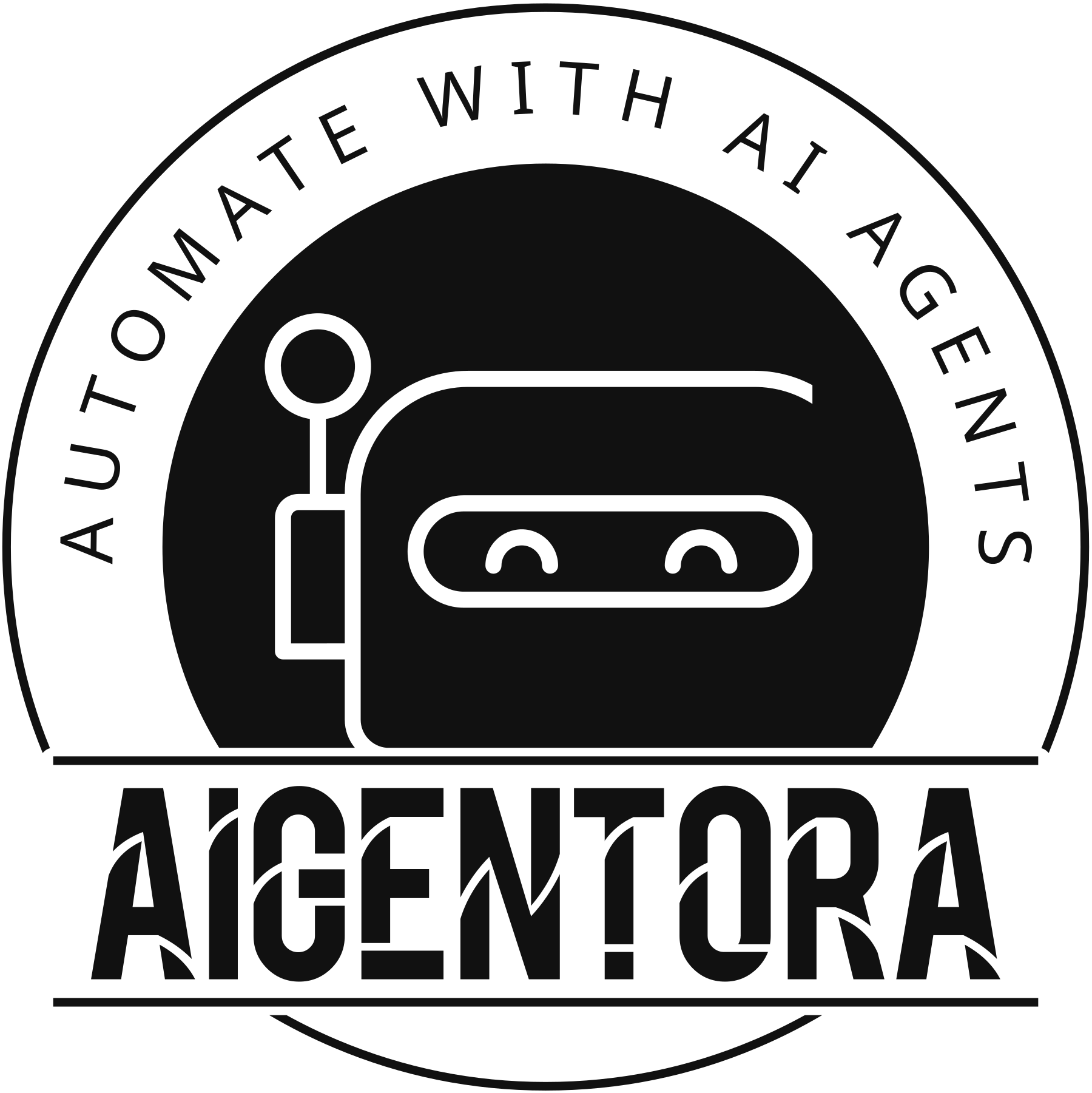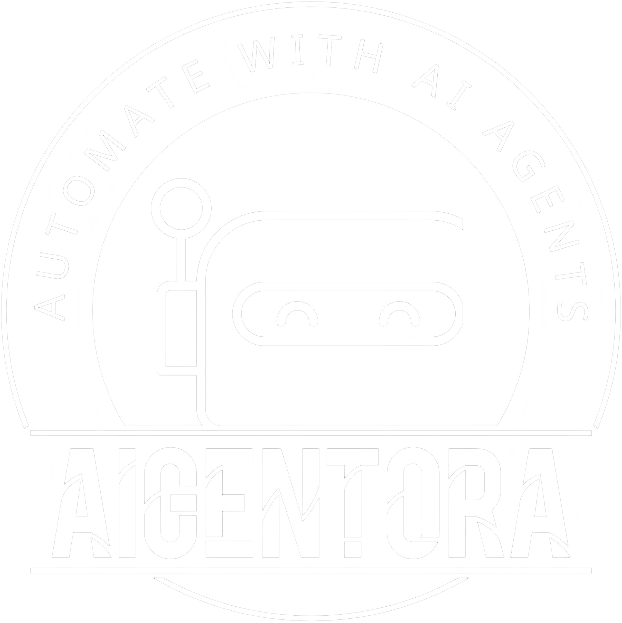Artificial Intelligence (AI) is transforming industries worldwide, promising unprecedented efficiency, innovation, and competitive advantage. As of 2025, over 80% of enterprises are either using or exploring AI technologies. However, despite the immense potential, adopting AI at scale remains a complex journey filled with significant challenges. Many organizations struggle to move from AI pilots to fully operational, scalable solutions that deliver measurable business value.
This detailed blog post explores the top challenges businesses face when adopting AI and provides actionable strategies to overcome them, ensuring your AI initiatives succeed and thrive.
1. Data Quality, Availability, and Bias
AI algorithms rely heavily on data to learn and produce accurate insights. Poor-quality data — characterized by inaccuracies, inconsistencies, incomplete records, or outdated information — leads to unreliable AI outputs and erodes stakeholder trust.
Challenges:
-
Fragmented or siloed data scattered across departments and legacy systems.
-
Insufficient proprietary, labeled, or relevant data for training effective AI models.
-
Historical data biases causing discriminatory or unfair AI decisions.
-
Regulatory constraints limiting data sharing and usage.
How to Overcome:
-
Establish Robust Data Governance: Implement data standards, cleaning protocols, and continuous monitoring to improve accuracy and consistency.
-
Centralize and Integrate Data: Use data lakes and modern ETL pipelines to break silos and provide unified access for AI models.
-
Use Data Augmentation and Synthetic Data: Supplement limited datasets to enhance model training without compromising privacy.
-
Address Bias Proactively: Regularly audit AI outputs, incorporate diverse datasets, and fine-tune models to prevent amplification of biases.
2. Lack of In-House AI Expertise
Deploying AI requires specialized skills across data science, machine learning, software engineering, and domain expertise. Many organizations face talent shortages and skills gaps, making it difficult to design, deploy, and maintain AI systems effectively.
Challenges:
-
Scarcity of AI professionals in a highly competitive market.
-
Difficulty aligning AI talent with business needs.
-
Teams unfamiliar with AI tools and workflows leading to low adoption.
How to Overcome:
-
Upskill Existing Teams: Offer training programs, certifications, and AI literacy workshops to empower current employees.
-
Leverage Low-Code AI Platforms: Adopt AI tools that reduce coding complexity, allowing broader team involvement.
-
Partner with AI Experts and Vendors: Collaborate with experienced AI firms for technical guidance and faster deployment.
-
Build Cross-Functional AI Task Forces: Align business users and technologists to bridge gaps and facilitate adoption.
3. Proving Financial Value and Getting Stakeholder Buy-In
Demonstrating clear ROI from AI investments remains a major hurdle, often leading to cautious or stalled adoption, especially among executives focused on measurable business outcomes.
Challenges:
-
Difficulty quantifying AI impact due to intangible benefits or long timelines.
-
Risk aversion based on past failed or underperforming AI projects.
-
Misalignment between AI initiatives and strategic priorities.
How to Overcome:
-
Align AI Projects with Key Performance Indicators (KPIs): Target initiatives that solve critical business problems with defined success metrics.
-
Focus on Quick Wins and Pilot Successes: Demonstrate tangible value early to build momentum.
-
Use Robust Analytics to Track AI Impact: Continuously measure outcomes, refine models, and communicate results transparently.
-
Engage Leadership Early: Ensure executives understand AI potentials and risks to secure commitment and resources.
4. Integration with Legacy Systems and Infrastructure
Most enterprises operate hybrid IT environments composed of legacy applications, siloed data, and outdated infrastructure that complicate AI integration and workflow automation.
Challenges:
-
Lack of compatibility between AI tools and existing systems.
-
High costs and complexity of migrating or modernizing infrastructures.
-
Fragmented data flows hamper AI performance and scalability.
How to Overcome:
-
Invest in Modern Data and Cloud Platforms: Transition to AI-ready infrastructures like cloud-native services and scalable data lakes.
-
Use Middleware and Integration Connectors: Facilitate interoperability between AI systems and legacy components.
-
Adopt Modular and Open AI Architectures: Enable flexible deployment and gradual modernization.
-
Engage IT Teams Early: Coordinate AI deployment with existing enterprise architectures and security frameworks.
5. Data Privacy, Security, and Regulatory Compliance
AI adoption introduces risks around handling sensitive data, such as personal customer information or proprietary business data. Compliance with data protection laws (e.g., GDPR, CCPA) and defense against cyber threats is paramount.
Challenges:
-
Risk of data breaches during collection, storage, and AI processing.
-
Ensuring AI models do not inadvertently expose or misuse sensitive information.
-
Navigating complex and evolving regulatory landscapes.
How to Overcome:
-
Embed Privacy by Design: Incorporate data protection from the AI system’s inception with techniques like data anonymization and differential privacy.
-
Apply Strong Encryption and Access Controls: Secure data at rest, in transit, and during processing.
-
Use Compliant AI Platforms: Choose solutions certified for regulatory standards.
-
Conduct Regular Security Audits and Risk Assessments: Mitigate emerging vulnerabilities proactively.
6. Employee Resistance and Cultural Barriers
AI adoption often disrupts existing workflows, roles, and organizational dynamics, leading to resistance, fear of job loss, or low tool adoption among employees.
Challenges:
-
Skepticism or mistrust toward AI decision-making.
-
Lack of clear communication about AI’s role and benefits.
-
Insufficient training and engagement during rollout.
How to Overcome:
-
Communicate a Clear AI Vision and Benefits: Emphasize how AI augments human work rather than replaces it.
-
Invest in Change Management Programs: Include training, awareness sessions, and feedback mechanisms.
-
Involve Employees in AI Design: Encourage user input to tailor tools for better usability and acceptance.
-
Redesign Roles and Processes Thoughtfully: Align AI introduction with human capabilities to optimize productivity.
7. Ethical and Responsible AI Use
Businesses face increasing scrutiny over AI fairness, accountability, and social impact. Ethical mishaps can damage brand reputation and invite legal or regulatory repercussions.
Challenges:
-
Algorithmic biases leading to unfair treatment of customers or employees.
-
Lack of transparency or explainability in AI decisions.
-
Ethical dilemmas in automating sensitive decisions.
How to Overcome:
-
Develop Clear Ethical Guidelines and Frameworks: Define principles around fairness, transparency, and accountability.
-
Implement Explainable AI (XAI): Ensure AI decisions can be understood and audited by humans.
-
Conduct Impact Assessments: Evaluate potential social consequences and mitigate risks.
-
Engage Diverse Stakeholders: Include ethicists, legal teams, and affected groups in AI governance.
8. High Implementation Costs and Resource Constraints
AI projects often demand significant financial and resource commitments, including infrastructure, specialized talent, and ongoing maintenance. This becomes a barrier, especially for small and mid-sized businesses.
Challenges:
-
High upfront costs for AI tools, platforms, and infrastructure.
-
Continuous investment required for data pipelines, model updates, and monitoring.
-
Limited budgets in comparison to competing business priorities.
How to Overcome:
-
Start Small with Scalable Projects: Begin with cost-effective pilots before expanding.
-
Adopt AI-as-a-Service Models: Use cloud-based AI solutions to reduce capital expenditures.
-
Optimize Resource Allocation: Prioritize use cases with the highest ROI potential.
-
Leverage Open-Source Tools: Reduce licensing costs while maintaining flexibility.
9. Vendor Dependence and Technology Lock-In
Relying heavily on a single AI vendor or platform can create long-term risks and reduce business flexibility.
Challenges:
-
Limited ability to switch providers due to proprietary tools and data formats.
-
Dependency on vendor roadmaps, pricing, and support quality.
-
Risk of stunted innovation if locked into a single ecosystem.
How to Overcome:
-
Choose Interoperable Solutions: Opt for vendors that support open standards and APIs.
-
Adopt a Multi-Vendor Strategy: Reduce risk by diversifying tools and partners.
-
Negotiate Flexibility in Contracts: Ensure exit clauses and data portability options.
-
Build Internal Capabilities: Balance vendor reliance with in-house expertise.
10. Scaling AI from Pilot to Enterprise-Wide Adoption
Many companies succeed in pilot projects but struggle to operationalize AI at scale across multiple departments or regions.
Challenges:
-
Difficulty replicating pilot success across diverse business units.
-
Lack of standardized processes for AI deployment and monitoring.
-
Bottlenecks in IT, data, or organizational alignment slowing expansion.
How to Overcome:
-
Develop an AI Center of Excellence (CoE): Standardize best practices and governance.
-
Create Repeatable Frameworks: Establish templates for deployment, monitoring, and scaling.
-
Automate Model Operations (MLOps): Use MLOps pipelines to streamline deployment and maintenance.
-
Secure Executive Sponsorship: Ensure top-level commitment for scaling efforts.
Summary Table: Overcoming Enterprise AI Adoption Challenges
|
AI Adoption Challenge |
Key Strategies to Overcome |
|---|---|
|
Data Quality, Availability & Bias |
Data governance, integration, augmentation, bias auditing |
|
Lack of AI Expertise |
Training, low-code tools, partnerships, cross-functional teams |
|
Proving Financial Value |
Align with KPIs, quick wins, analytics, leadership buy-in |
|
Legacy System Integration |
Cloud migration, middleware, modular AI architectures |
|
Privacy, Security & Compliance |
Privacy by design, encryption, compliant platforms, audits |
|
Employee Resistance |
Clear communication, change management, involvement, training |
|
Ethical AI Use |
Ethical frameworks, explainability, impact assessment, stakeholder engagement |
|
High Implementation Costs |
Start small, AI-as-a-service, ROI-focused projects, open-source tools |
|
Vendor Dependence & Lock-In |
Interoperable solutions, multi-vendor strategy, contract flexibility, in-house expertise |
|
Scaling AI Enterprise-Wide |
AI CoE, standardized frameworks, MLOps automation, executive sponsorship |
Final Thoughts
AI adoption is a transformational journey that touches technology, processes, culture, and strategy. While challenges abound, they are not insurmountable with a thoughtful, pragmatic approach that invests in people, data, infrastructure, and responsible practices.
Businesses that proactively address these barriers—emphasizing quick wins, continuous learning, and cross-functional collaboration—position themselves to unlock AI’s full potential and sustain competitive advantage in an AI-driven future.
Why Partner with Aigentora.ai?
At Aigentora.ai, we understand the complexities of AI adoption and specialize in delivering tailored AI agent solutions that address your unique challenges. Our expertise helps organizations seamlessly integrate AI into existing workflows, overcome technical and cultural obstacles, and drive measurable business value efficiently and ethically.
Let’s work together to make AI adoption your next strategic win.
💡 Frequently Asked Questions About Overcoming Challenges in AI Adoption for Business Success
Common challenges include data quality issues, lack of skilled personnel, integration complexities, and resistance to organizational change.
Implementing proper data governance, cleansing processes, and ensuring accurate and relevant data collection are essential for success.
Because AI adoption often changes workflows and job roles, managing employee expectations and providing training helps ensure smooth transitions.
A lack of skilled AI professionals can delay projects or lower quality. Investing in training or working with external experts helps mitigate this risk.
Integrating AI solutions with existing systems and workflows is critical to leverage ROI and ensure seamless operations.
Transparent communication, leadership support, and involving employees early in the AI journey reduce resistance and foster acceptance.
Starting with affordable AI tools, focusing on high-impact use cases, and scaling gradually enables small businesses to benefit from AI.
Considering ethical implications ensures AI systems are transparent, fair, and compliant with legal standards, fostering trust and sustainability.
Success is measured through KPIs like process automation, cost savings, customer satisfaction, and enhanced decision-making capabilities.
Emerging trends include democratization of AI, increased explainability, and wider adoption of AI in non-technical functions.






